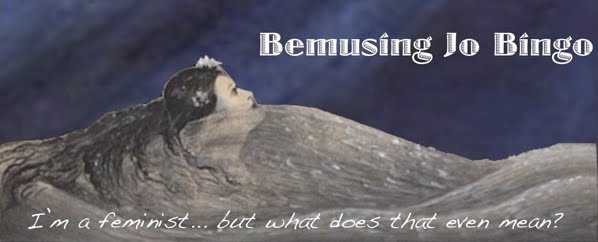
[Jo Bingo] May 2006
Ancient World Hinduism Assignment #7
Durga:
The Beautiful and Deadly
Hindu Goddess Incarnation of Devi
Durga’s Story!
According to the Puranas, a demon named Mahisa or Mahisasura for years was in meditation. Since he meditated so well, Brahma gave him the power to never be killed by man. Consumed with greed, Mahisa dropped meditation and decided instead to conquer the earth and heavens, which he succeeded in doing with little difficulty. Angry and frustrated, the gods decided to create a woman with all of their divine power combined. Out of the mouths of Shiva, Brahma, and Vishnu came lightning, which resulted in the ten-handed goddess Durga or Shakti. Durga in sanskrit has been said to mean “unattainable,” “incomprehensible,” and “invincible.” Each god made a certain body part (for instance, her head was made by Shiva, arms by Vishnu, toe nails by Brahma, the list continues) and each god gave her his especial weapon, which she carries in her many hands (for example, Shiva gives his trident, Vishnu his discus, the list goes on). A lion from the himalayas was given for her to ride. In battle, the demon Mahisa attacked her in the form of a buffalo, and she quickly cut off its head. The demon came out in his true form and she stabbed him in the chest with Shiva’s trident, completing the task she was created to fulfill.
Analysis of Images of Durga
In art, Durga is most often shown killing the demon Mahisa. Though she is said to have ten arms, some images show her with ten arms on each side. She is the personification of all the god’s power at its height and thus has a weapon from each to symbolize that she retains each god’s power. She is female, and therefore reaches the epitome of aesthetics, her hair always coming out of a crown in long locks. She is always richly dressed to symbolize her royal divinity as the incarnation of the mother goddess, Devi. She sits or stands atop a lion (whose size varies) and is usually shown piercing Mahisa in the chest with the trident. Mahisa is either shown as a man, a buffalo, or a combination of the two. Many times the beheaded buffalo is bleeding on the ground and the man is in the process of being killed. The lion is either roaring or biting the man/buffalo demon. Two paintings found actually show the demon in the process of arising out of the decapitated buffalo’s neck. One painting in particular has ten different forms of Durga (although there are up to 106 names) making a half-circle crown around her head. Many times there is a circle behind her head representing cyclical time and her eternal life. Often she has yellow skin which symbolizes the radiant energy of the gods. Always, she has a calm or even smiling countenance, and Mahisa is fearful and despairing. This represents her detached and true “inaction in action” and Mahisa’s selfish and weak attachment to the pleasures of the material world.


















Of course all my life I have seen depictions of Durga, but I never knew anything about her. Thanks for this!
ReplyDelete